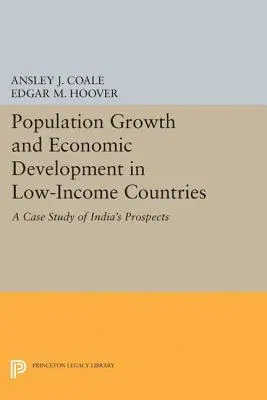The main contribution of this book lies in its focus on real
alternatives in future population growth. At some time-taken as 1956 in
India for this case study-a low-income country may have the option of
effectively promoting the reduction of fertility, or (by inaction) of
permitting fertility to remain at high levels. This book clearly shows
the nature and extent of the economic gains resulting from fertility
reduction. Since most low-income areas are destined for rapid population
growth even with substantial fertility declines, the emphasis is placed
between moderately rapid and very rapid growth. The extensive
quantitative population projections show the importance of the growth
rate itself and of changes in age distribution in addition to population
size. The results for India have direct implications for all low-income,
primarily agrarian areas entering a program of economic development.
Originally published in 1958.
The Princeton Legacy Library uses the latest print-on-demand
technology to again make available previously out-of-print books from
the distinguished backlist of Princeton University Press. These editions
preserve the original texts of these important books while presenting
them in durable paperback and hardcover editions. The goal of the
Princeton Legacy Library is to vastly increase access to the rich
scholarly heritage found in the thousands of books published by
Princeton University Press since its founding in 1905.

